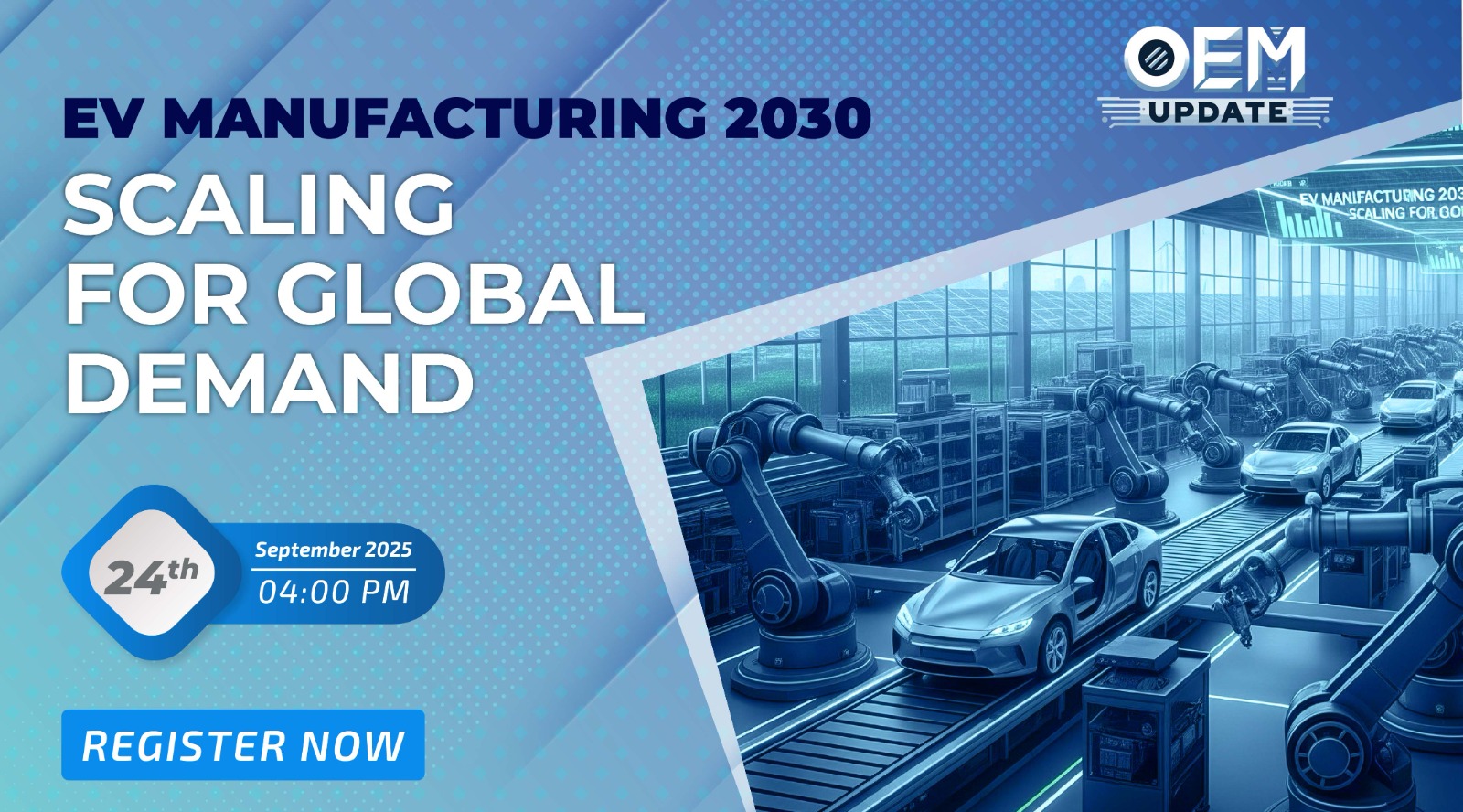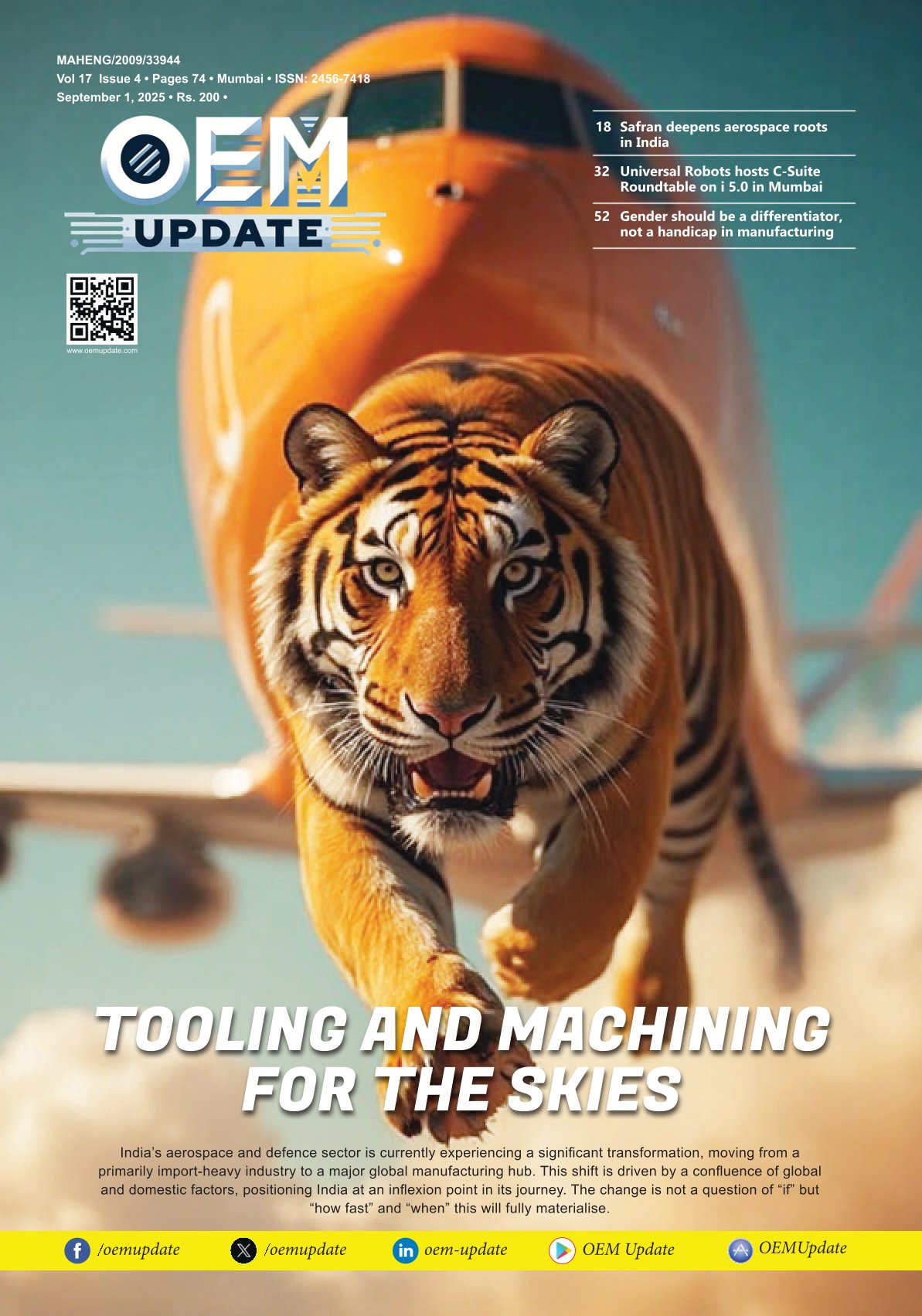Green Welding: eco-friendly, cost-effective
By admin April 12, 2014 5:48 am IST
The Centre for Materials Joining and Research of Annamalai University has indigenously developed an eco-friendly and cost-efficient welding technology that offers benefits in terms of welding of difficult to weld alloys, better retention of baseline material properties, fewer weld defects, low residual stresses, and better dimensional stability of the welded structure
Eco-friendly welding (EFW) was invented at The Welding Institute (TWI), UK, which is popularly known as Friction Stir Welding (FSW) process. Compared to many of the fusion welding processes that are routinely used for joining structural alloys, FSW is an emerging solid state joining process in which the material that is being welded does not melt and recast. Due to the absence of parent metal melting, the new FSW process is observed to offer several advantages over fusion welding. The benefits that stand out most are welding of difficult to weld alloys, better retention of baseline material properties, fewer weld defects, low residual stresses, and better dimensional stability of the welded structure. Above all, EFW is an environmentally cleaner process, due to the absence of a need for the various gases that normally accompany fusion welding.
PrincipleEFW is a continuous, hot shear, autogenous process involving non-consumable rotating tool of harder material than the substrate material. Fig 1 explains the working principle of EFW process. When alloys are friction stir welded, phase transformations that occur during the cool down of the weld are of a solid-state type. Due to the absence of parent metal melting, the new EFW process is observed to offer several advantages over fusion welding. The benefits that stand out most are welding of difficult to weld, better retention of baseline material properties, fewer weld defects, low residual stresses, and better dimensional stability of the welded structure. EFW joints usually consist of four different regions
• Unaffected base metal• Heat affected zone (HAZ) • Thermo-mechanically affected zone (TMAZ)• Friction stir processed (FSP) zone or dynamically recrystallised zone (DRX).
The formation of above regions is affected by the material flow behaviour under the action of rotating non-consumable tool. However, the material flow behaviour is predominantly influenced by the FSW tool profiles and FSW process parameters.
ApplicationsEFW gives rise to softening in the joints of the AA7075, a heat-treatable aluminium alloy, because the dissolution or growth of strengthening precipitates during the welding thermal cycle, thus resulting in the degradation of the mechanical properties of the joints. EFW creates the weld joint without bulk melting. In addition, the extensive thermo mechanical deformation induces dynamic recrystallisation and recovery that refine the microstructure of the stir region. Therefore, welds made by EFW are shown to have much improved mechanical properties than the corresponding fusion welds. EFW is capable of joining magnesium alloys without melting and thus it can eliminate problems related to the solidification. As EFW does not require any filler material, the metallurgical problems associated with it can also be reduced and good quality weld can be obtained. Higher thermal conductivity and thermal expansion of copper result in greater weld distortion than in comparable steel welds. On the other hand, EFW would alleviate most of the problems caused by the fusion welding processes because it does not result in the melting and resolidification of the material to be welded. EFW efforts to date have involved joining of aluminium alloys there is considerable interest in extending the technology to other materials, including steels. EFW appears to offer several advantages over arc welding of steels. The lower apparent energy inputs of EFW are expected to minimise grain growth in the HAZ, limit distortion and residual stress in steels, eliminate welding fumes and hydrogen induced cracking etc.
Environmental benefitsWelding is an important occupational activity, in part because from 0.2 to 2.0 per cent of the working population in industrialised countries has been reported to be engaged in welding. Although there are number of processes, it has been estimated that shielded metal arc welding (SMAW) and gas metal arc welding (GMAW) applied to carbon steels, stainless steels and aluminium alloys account for combinations practiced by 70% of welders. The welding environment is very complex, with the presence of numerous gaseous and particulate components. The extremely high temperatures (>4,000 C) of arc welding processes heat both the base metal pieces to be joined and a consumable electrode fed into the weld.
The inhalation of welding fume can produce a number of short and long term health complications. The impact of welding fume is represented in two ways that is acute and chronic. Acute effects are generally exhibited quickly and are often caused by significant doses of inhaled fume. Usually acute illnesses involve the respiratory system and a reduction in pulmonary function. In many cases acute symptoms are the precursor to future chronic effects. One of the most serious though rare chronic respiratory effects is that of asphyxiation caused by working in confined poorly ventilated work areas. The lack of ventilation allows fume and shielding gasses to build up to a point where they displace the available oxygen. Chronic respiratory diseases include bronchitis, emphysema and asthma.
However, the technology developed in this project, eco-friendly welding process (using friction stir welding principle) produces no smoke, no fumes, no arc glare and no infra-red and ultra-violet rays. The eco-friendly welding process developed in this project work completely eliminates air pollution (absence of smoke), water pollution (absence of fumes) and soil pollution (absences of fluxes). Hence, the eco-friendly welding process developed in this project is a viable method for green manufacturing.
Economical benefitsNo need of filler materials: Generally, the traditional welding processes such as SMAW, FCAW, GMAW processes require filler materials (known as electrodes/filler rods/filler wire) to join two metal pieces to fill the profile edge preparation. Here in eco-friendly welding process, there is no necessity of filler materials since there is no profiled edge preparation to fill up. Square butt joint configuration is sufficient and hence filler materials are not required and it reduces the expensive filler material requirements.No need of shielding gases: The traditional welding processes such as GMAW, GTAW, FCAW processes required the supply of shielding gases to protect the molten weld metal during welding. Usually, inert gases like argon and helium will be used to protect the weld pool and these gases are very expensive. But in eco-friendly welding process, there is no necessity to supply shielding gases since this process works under solid state welding condition and there is no melting takes place here. Hence, this process does not require shielding gas addition and thus reduces the costly shielding gas requirements. Lower labour cost: Conventional welding processes such as SMAW, GTAW, FCAW, GMAW processes require skilled welders to produce good quality welds. Because these processes are manual controlled or semi-automatic controlled processes. However, the eco-friendly welding process can be easily automated and controlled by a computer and hence there is no necessity of skilled welders to operate this machine. Skilled welders are very scarce in our country and this process minimises labour cost greatly.Less power consumption: The conventional welding processes consumes large amount of power since they work under generators, transformers, inverters and rectifiers technology. But this eco-friendly welding process works under electric motors (stepper motors, servo motors) technology and his power consumption is very less compared to conventional welding processes.High productivity: The eco-friendly welding process is a fast process and it can be very easily automated (all the operations sequence can be programmed). Hence, the production rate is very high compared to all other welding process. Due to higher production rate, the cost of each component will be greatly reduced.Cost comparison: By considering all the above factors, the actual cost estimation was carried out to weld 100 metres length of aluminium plates of 6-mm thickness for various welding processes and they are: GMAW (Rs.50,000), GTAW (Rs.75,000), LBW (Rs.1,00,000), EBW (Rs.2,00,000) and EFW (Rs.25,000). From this cost estimation, it could be inferred that the eco-friendly welding process is less expensive compared to all other conventional and advanced welding processes.
Critical application areasEFW process has lot of potential applications in fabrication industries. Some of the potential industrial sectors are given below: Automobile: Medium strength aluminium panels, sheets and plates are widely used now-a-days in passenger cars, multi-utility vehicles as door frames. These aluminium alloys can be effectively joined by EFW process for higher load carrying capacity.Ship-building: Corrosion resistance aluminium panels, sheets and plates are widely used in cargo ships, war ships and passenger ships. These aluminium alloys can be joined by EFW process for improved corrosion resistance.Power: Low strength, pure aluminium and Electrolytic tough pitch copper are widely used in bus bar applications. These aluminium and copper metals can be efficiently joined by EFW process for better performance.Aviation: Passenger aircrafts are made with high strength aluminium alloys and these alloys are joined by steel rivets. The rivets can be replaced by this process by spot welding which will reduce the weight of the aircraft and eliminate corrosion problems.Space applications: Cryogenic fuel tanks used in launch vehicles are made by high strength aluminium alloys. These alloys are now joined by GTAW and EBW processes. These cryogenic fuel tanks can be welded effectively by EFW process for enhanced low temperature strength.
ConclusionIt is found from many investigations that the FSW process didn’t produce gaseous emission, particulate emission and radiation during welding of aluminium alloys, magnesium alloys, copper alloys, carbon steels and stainless steels and hence it could be very much called as EFW process. Moreover, the joints fabricated by EFW process exhibited superior mechanical and metallurgical properties compared to other joints fabricated by conventional welding processes.
Author:
Dr. V. Balasubramanian, Professor,Centre For Materials Joining & Research (CEMAJOR),Department of Manufacturing Engineering,Annamalai University
Cookie Consent
We use cookies to personalize your experience. By continuing to visit this website you agree to our Terms & Conditions, Privacy Policy and Cookie Policy.
















